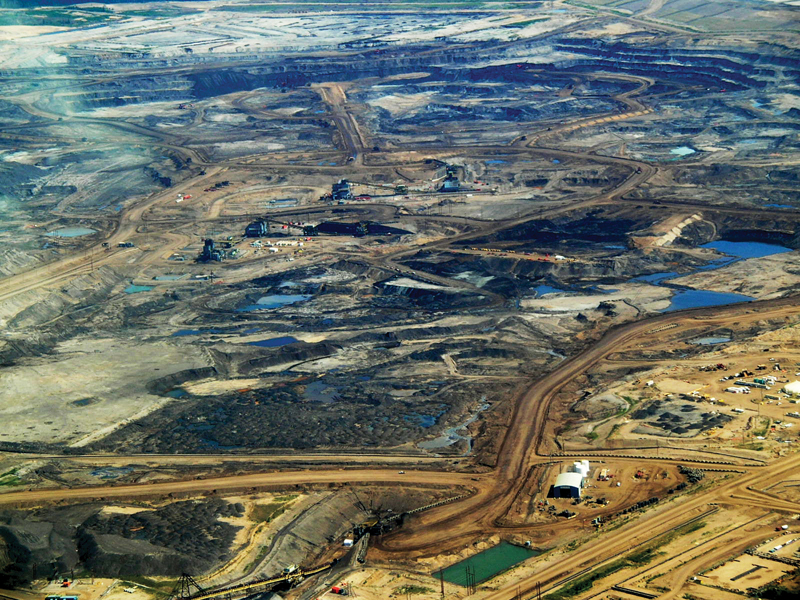
When the topic of the oil sands comes up, it’s often in the context of the safety risks they may pose to the environment. But the safety of workers on oil sands sites is also a cause of concern. A report released in Dec. 2014 by Visser Deloitte argues that using data analysis tools and making some cultural shifts can help make workers safer on these sites.
The report, Predictive Site Safety: People and Culture For Life, says that even though injuries on oil sands sites have decreased by 14% since 2009, 2014 was a difficult year for the mining and petroleum industry. For example, Alberta had five fatalities in the first nine months of that year in this industry.
Geoff Hill, author of the report, says that site safety begins with building a culture of safety. The report recommends a two-step approach:
1. Build a culture of safety. To start building a culture of safety, training needs to be meaningful. For example, having your ‘ticket’ is important but may not be sufficient. Continuous improvement, continuous training and learning’not only from each other but also from ourselves, including our own mistakes’should be an ingrained organizational value, practiced and lived every day in an ongoing cycle.
Although engineering hazards out of the equation is the first line of defense in a pre-emptive safety management strategy, the human element remains critical. For example, many workers at oil sands sites have relatively little prior experience with, and thus little awareness of, the hazards of the job. There may also be significant language and other cultural barriers. And there’s often unwillingness in some workers to learn.
Managing and navigating through these complexities begins with training, carries through to formal programs featuring comprehensive safety communication and clear lines of responsibility and is constantly renewed by a culture that balances the mental and physical health and well-being of workers with the need for them to be productive.
2. Live the culture. Once the above is in place, reporting and analysis can also become more meaningful, creating the conditions in which safety culture can thrive and grow. Safety analytics can be used to drive continuous improvement and, using data that companies already collect through the normal course of business, to drive better safety decisions at all levels and create more value.
Incident and injury data, internal operational data and external data from distributed systems can be used to create a single analytical view of safety performance. Various statistical and predictive modeling techniques are then used to identify contributing factors to workplace injury and risk, as well as opportunities for more effective injury management.
For instance, analytics can identify:
- Which courses have the greatest actual safety returns
- Contributing factors to explain why a worker or supervisor with an excellent safety record at one site is having a different experience at another site
- The overtime threshold past which a worker’s probability of incident begins to increase.


Leave A Comment